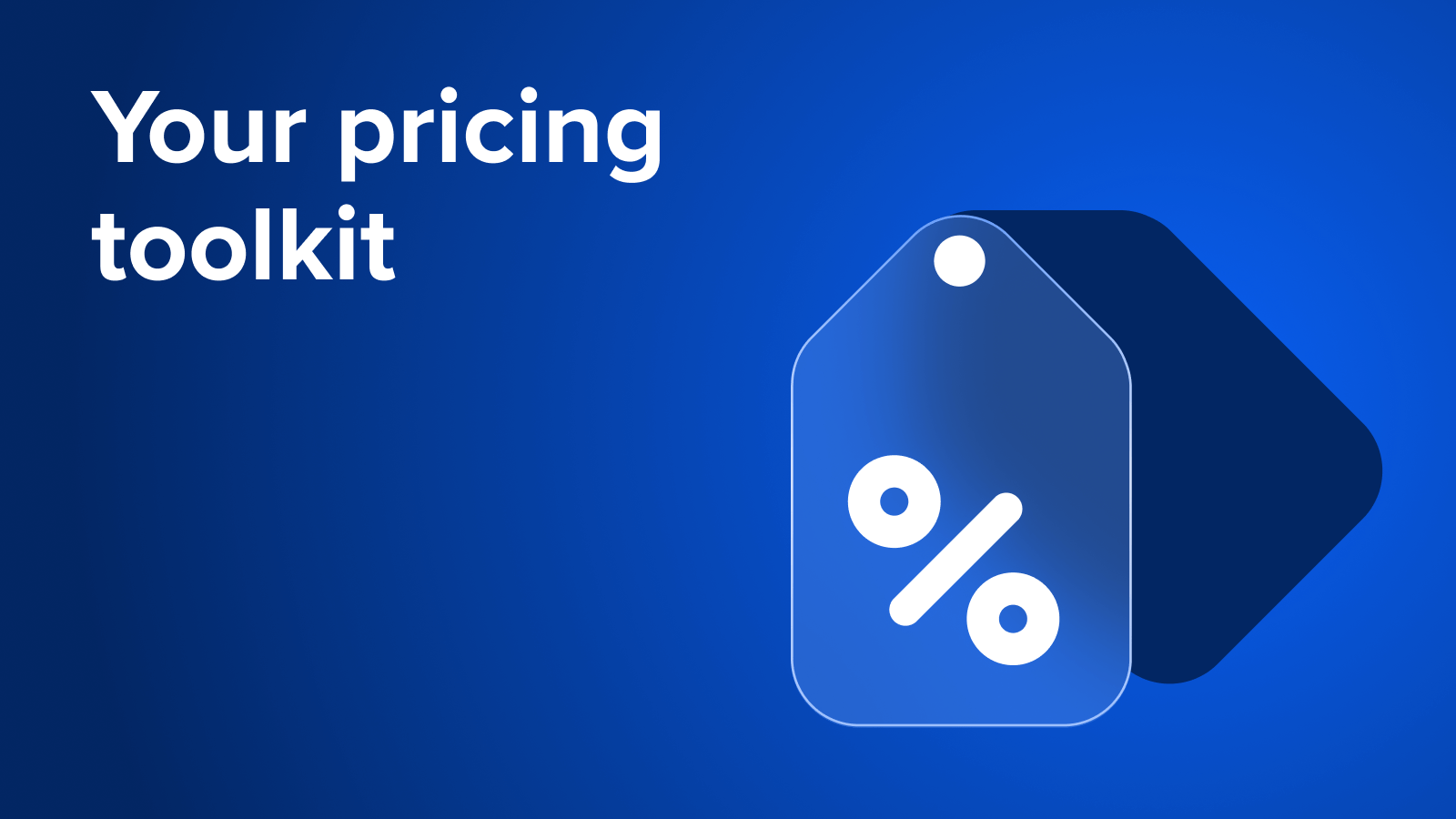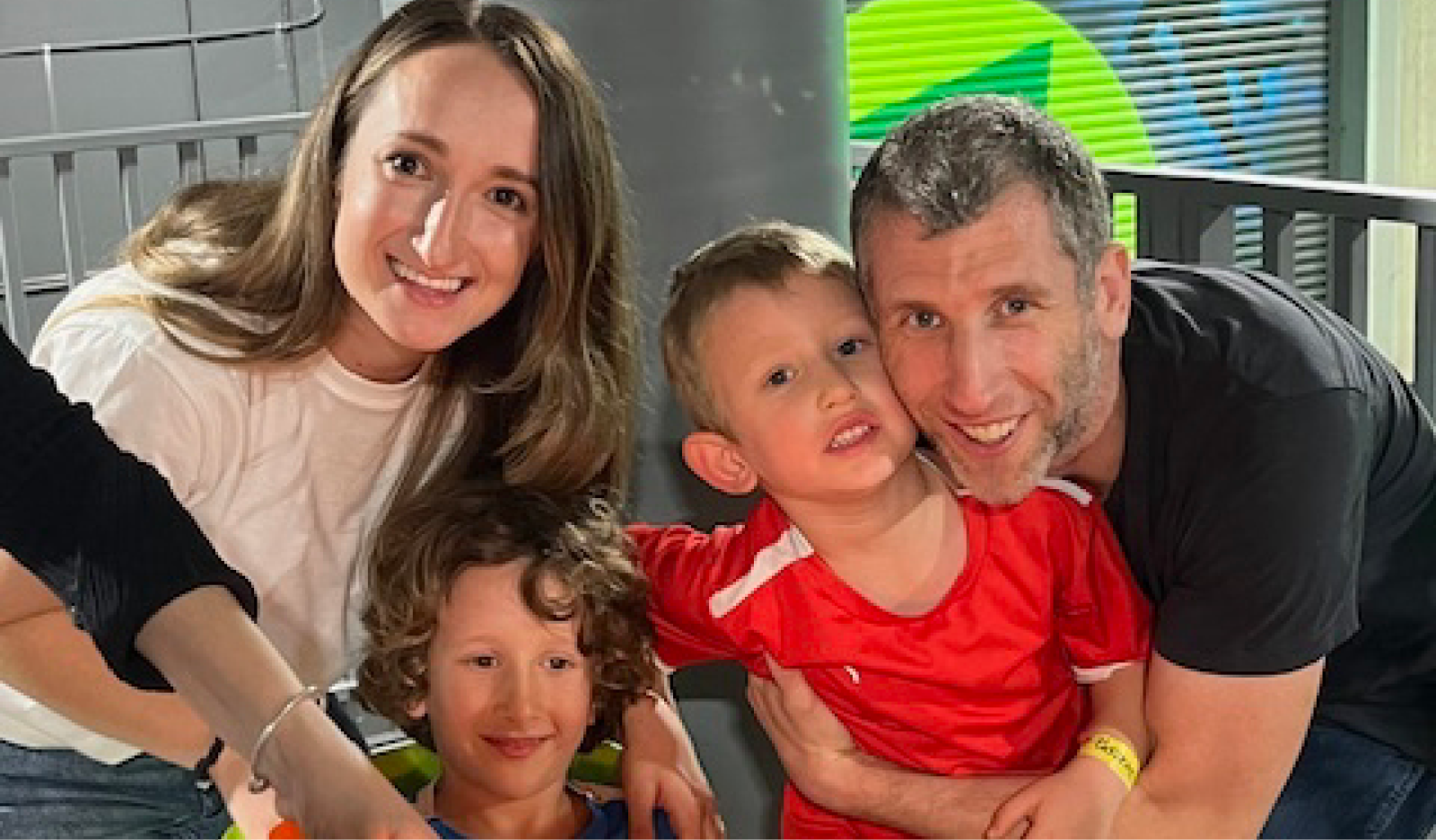Comparing Three Playground Surfacing Options
.png?width=820&name=Comparing%20Three%20Playground%20Surfacing%20Options%20_Social(2_1).png)
Ensuring a safe and enjoyable play environment is crucial for any indoor or outdoor venue that caters to young families. One of the essential factors in achieving this is choosing the right playground surfacing option. And with so many choices available, making the best decision for your specific needs can be overwhelming.
Beyond surfacing, implementing playground software further enhance safety and efficiency by managing guest flow, tracking maintenance schedules, and ensuring compliance with safety regulations—helping operators create a seamless experience for families.
In this article, we will compare the different playground surfacing options available to operators, exploring their pros and cons to help you pave the way for a safer and more enjoyable experience for all.
Poured-in-Place Rubber Surface
Poured-in-Place rubber surface is a highly resilient and safety-focused option, ideal for playgrounds seeking optimal impact absorption. Composed of two layers, a base of recycled rubber and a top layer of EPDM (Ethylene Propylene Diene Monomer) granules, this surfacing offers a soft, cushioned feel underfoot.
Its ability to cushion falls effectively reduces the risk of injuries, making it an excellent choice for areas with play equipment or high fall heights. Not only is it wheelchair-accessible, but its durability also withstands various weather conditions, making it suitable for both indoor and outdoor playgrounds.
Benefits of Poured-in-Place Rubber Surface
- Superior Impact Absorption: Poured-in-place rubber offers excellent shock absorption, minimizing the risk of injuries from falls and collisions.
- Accessibility: This surface type is wheelchair-accessible, promoting inclusivity for children of all abilities.
- Durability: Poured-in-place rubber surfaces are highly durable and resistant to weather conditions, making them suitable for indoor and outdoor playgrounds.
Disadvantages of Poured-in-Place Rubber Surface
- Initial Cost: The installation cost of a poured-in-place rubber surface can be relatively high compared to other options.
- Maintenance: While durable, regular maintenance may be required to address wear and tear over time.
Engineered Wood Fiber (EWF)
Engineered Wood Fiber is a natural, eco-friendly playground surfacing option that blends seamlessly with outdoor environments. Created from chipped wood, EWF provides a rustic appearance akin to natural forest floors, enhancing the aesthetics of the playground.
Budget-conscious operators often favor EWF for its cost-effectiveness. However, regular monitoring and replenishment of the wood fiber depth are necessary to maintain its safety standards. While it provides a soft landing surface, it may not be the most suitable choice for playgrounds requiring full accessibility.
Benefits of Engineered Wood Fiber
- Natural Aesthetics: Engineered wood fiber blends well with outdoor environments, offering a natural and rustic appearance.
- Cost-Effective: EWF is often more budget-friendly than other surfacing options.
- Eco-Friendly: Made from recycled materials, EWF is an environmentally conscious choice.
Disadvantages of Engineered Wood Fiber
- Depth Maintenance: Regular monitoring and replenishment of the wood fiber depth are necessary to maintain safety standards.
- Accessibility: EWF might not be suitable for all playground visitors, particularly those with mobility challenges.
Artificial Turf
Artificial turf offers a low-maintenance alternative to natural grass, providing a soft and comfortable surface for outdoor or even indoor playground activities. Its realistic aesthetics provide the appearance of natural grass without the need for mowing or irrigation, making it an attractive option for busy venues seeking a visually appealing play area.
Artificial turf is easy to clean and maintain, requiring minimal effort to keep it looking its best. However, it can absorb heat in hot weather, making it a poor choice for locations with intense sun exposure.
Benefits of Artificial Turf
- Realistic Aesthetics: Artificial turf provides a natural grass look without regular maintenance.
Soft and Cushioned: The synthetic fibers offer a comfortable surface for play. - Easy to Clean: Artificial turf is easy to clean and maintain, requiring minimal effort.
Disadvantages of Artificial Turf
- Heat Absorption: Artificial turf can become significantly hotter than natural surfaces in hot weather.
- Limited Lifespan: Artificial turf may require replacement after several years of use.
Playground surfacing FAQs
Choosing the right playground surfacing can be a complex decision for attraction venue operators, and we understand that you may have various questions about the best options for your specific needs.
To help address common concerns, we've compiled a few frequently asked questions to guide you toward making an informed choice.
What is the best playground surface material?
The best playground surface material depends on various factors, including the budget, location (indoor or outdoor), and the specific needs of the playground visitors. Each surfacing option has its unique benefits and considerations.
What is the best material for an outdoor playground?
Poured-in-place rubber and artificial turf are popular choices for outdoor playgrounds due to their durability and weather resistance.
What is the best material for an indoor playground?
Indoor playgrounds often opt for options like poured-in-place rubber or synthetic tiles for their safety, durability, and accessibility features.
What can I use instead of rubber mulch for a playground?
Engineered wood fiber (EWF) is a suitable alternative to rubber mulch, providing a natural appearance and cost-effectiveness.
Which surface is best for underneath equipment on the playground?
Poured-in-place rubber, engineered wood fiber, and artificial turf are all viable options for providing a safe surface beneath playground equipment.
Choosing the right playground surfacing option is crucial in ensuring your guests' safety and enjoyment. By comparing your options, understanding their pros and cons, and considering specific requirements, you can make an informed choice tailored to your venue's needs.
Whether it's the durability of poured-in-place rubber, engineered wood fiber's natural appeal, or artificial turf's convenience, each option has something unique to offer. Prioritizing safety and accessibility will create a welcoming play space for children of all abilities, ensuring countless happy and carefree play.
Related articles


What Every Venue Needs to Know About Birthday Parties (from a Parent and a Pro)

2025 Pulse Report Webinar: Operators Unpack the Guest Insights
Enhance your guest experience
Get free education, tips and inspiration to help you run a successful venue.